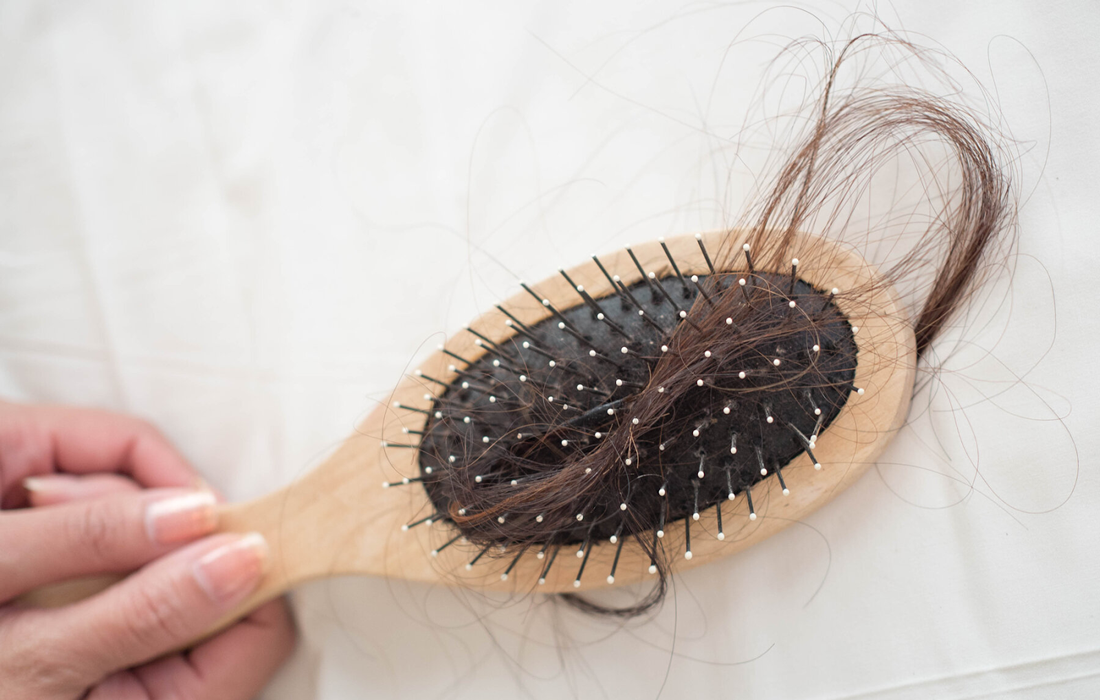Platelet-Rich Plasma
Platelet-rich Plasma for Hair Restoration
Hair loss is treated with a wide range of clinical therapies including low-level laser light therapy as well as 2 medications approved by the Food and Drug Administration (FDA): topical minoxidil and oral finasteride.
Surgical options include follicular unit transplant (FUT) and follicular unit extraction (FUE) techniques, which are outpatient procedures with excellent outcomes. In addition to these existing medical and surgical options, platelet-rich plasma (PRP) is a novel, minimally invasive, office-based procedure used to treat hair loss, typically secondary to androgenic alopecia (AGA).
Androgenic Alopecia
AGA affects more than 73% of men and more than 57% of women by the age of 80. As much as 58% of the male population between 30 and 50 years of age have AGA. Many patients present to primary care providers, dermatologists, plastic surgeons, and otolaryngologists for counseling regarding hair restoration therapies.
PRP consists of growth factors extracted from autologous blood obtained by venipuncture. This concentrated mix of growth factors is injected into areas of hair loss, stimulating hair regrowth.
PRP was described in the field of hematology in the 1970s. Hematologists coined the term PRP to describe a high-platelet product used for the treatment of thrombocytopenia. Within the fields of orthopedic and sports medicine, PRP has been shown to stimulate soft tissue and joint healing due to its high concentration of growth factors.
Recently, PRP has become of interest to facial plastic surgeons, dermatologists and those interested in its possible aesthetic applications and additional off-label uses. PRP is used for a wide range of off-label applications. Uses for PRP in the field of facial plastic and reconstructive surgery include the following:
- Soft tissue augmentation.
- Skin rejuvenation.
- Wound healing.
- Hair restoration.
How does it works?
Many growth factors have been identified in PRP, including platelet-derived growth factor, transforming growth factor-b, vascular endothelial growth factor, epidermal growth factor and insulin-like growth factor.
These factors are present in much higher concentrations (by a factor of 5 to 8 times) in PRP than in whole blood. PRP has been shown to induce the proliferation of dermal papilla cells by upregulating fibroblast growth factor-7 beta-catenin, and ERK/Akt signaling through these factors. One proposed mechanism of how these growth factors promote hair restoration is that their release from platelets act on the bulge area of hair follicles where stem cells are found, stimulating the development of new follicles and promoting neovascularization.
PRP is prepared from a patient’s autologous blood sample. A 18-30-mL venous blood draw yields 3-5 mL of PRP. It is injected into areas of hair loss using a small-gauge needle, such as a 30-gauge needle or an insulin syringe. Treatment areas can include the frontal, parietal and occipital scalp. Typically, activated PRP is used, created by treating PRP with calcium chloride to activate platelets.
Clinical Trials
The majority of studies used more than 1 treatment of PRP per patient, with most offering between 3 and 6 treatments with 1 month between injections. Patients should therefore expect multiple rounds of treatment to maximize results.
The largest study, a systematic review by Chen and colleagues, 21 of 24 examining the effect of PRP on hair restoration reported positive outcomes (88%). Hair counts or hair densities were described by 16 studies and of these, 12 found statistically significant improvements in this outcome.
PRP is a promising treatment for hair restoration in patients with AGA. Created from a platelet concentrate from an autologous blood draw, PRP is a safe therapeutic option for patients with hair loss. It can be used alone or in conjunction with topical and oral therapies.
Therapy at Zignagenix
At our clinic we offer treatment for this condition by doing a combined therapy. We utilize Umbilical cord-derived mesenchymal stem cells (MSCs) combined with exosomes that are infused intravenously and combine it with localized injections in the affected area of alopecia.
Several injections are performed in the areas of hair loss with both MSCs and Platelet-rich plasma to increase the quantity of growth factors and antiinflammatory substances (cytokines) that can modulate the immune response in the area and help with regeneration of hair follicles.
Source:
Justicz, N., Derakhshan, A., Chen, J. X., & Lee, L. N. (2020). Platelet-Rich Plasma for Hair Restoration. Facial Plastic Surgery Clinics of North America. doi:10.1016/j.fsc.2020.01.009
Image from:
Phimchanok Srisuriyamart/EyeEm, via Getty Images

